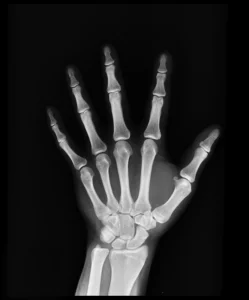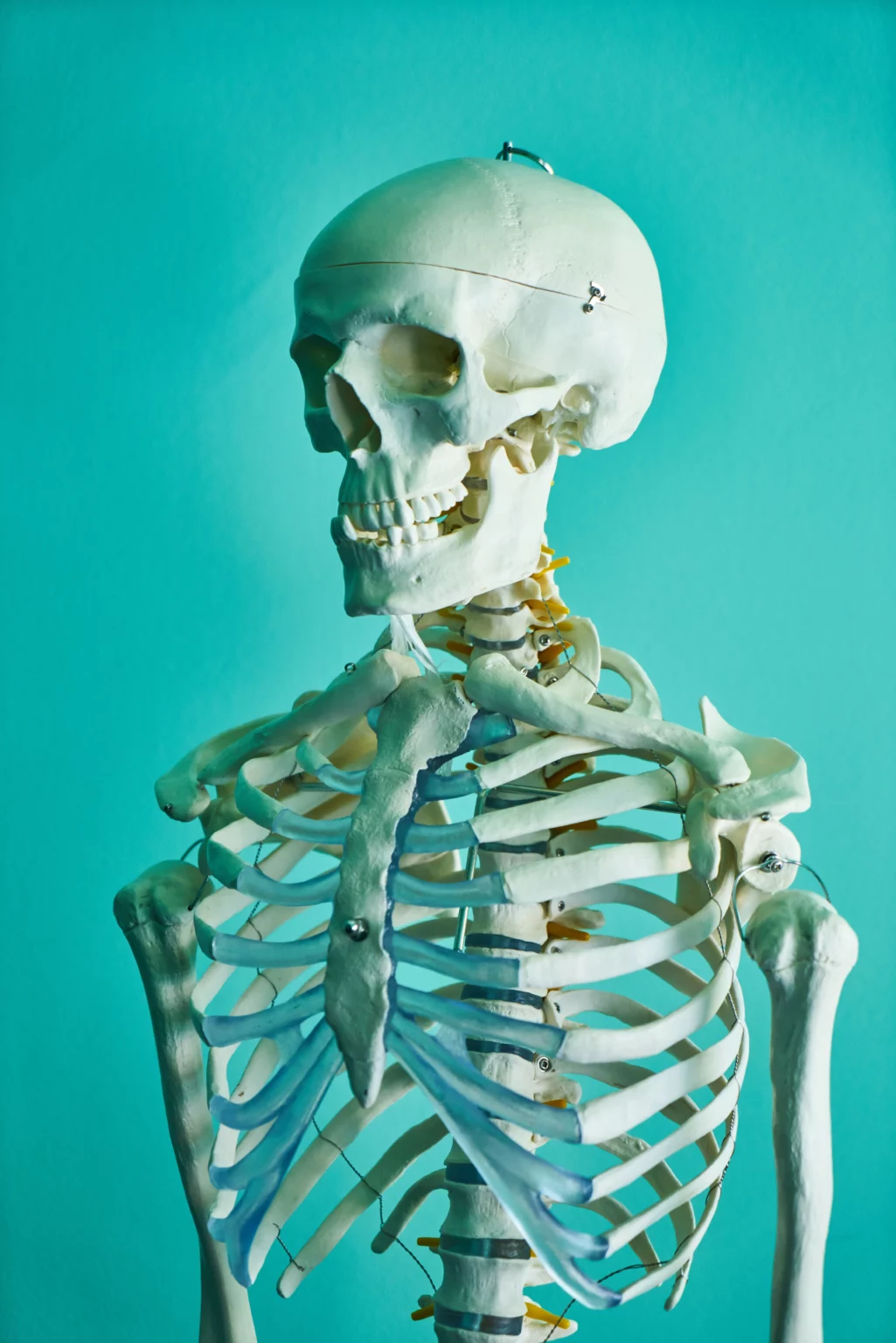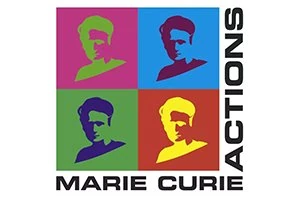Developing a new in vitro bone model: OSTEONET
Development of healthy vs aged 3D in vitro bone models for preclinical studies.
Published on 21/06/2023 by Marco De Battista.
A new in vitro bone model: introduction
 Aging is a key risk factor for multiple pathologies in humans. Specifically, bone aging is known to reduce older people’s quality of life and burden the healthcare system.
Aging is a key risk factor for multiple pathologies in humans. Specifically, bone aging is known to reduce older people’s quality of life and burden the healthcare system.
Other than being more fragile than healthy bones, aged bones react differently to drugs, pollutants, and other factors.
Causes and consequences of bone aging are multifaceted and complex: telomerase activity, epigenetic factors, stem cell proliferation, and differentiation, among others.
In addition, the study of bone pathophysiology is essential for the elevated number of accidents, surgeries, trauma injuries, and chronic illnesses affecting this tissue. However, there is currently a lack of an in vitro model for studying bone in healthy and pathological states.
An in vitro bone model approach is very appealing as it would allow sustainable and reliable bone substitutes to replace the currently used animal models.
The OSTEONET project aims to build a multidisciplinary research network focused on developing an in vitro bone model, focusing on training professionals and staff exchange.
A new in vitro bone model: project description
The Osteonet project aims to establish an international network to engineer a 3D in vitro bone model. The project aims to address specific scientific objectives by establishing collaboration among 12 partners from academia and industry.
First and foremost, the project aims to develop cryopreserved 3D constructs that mimic healthy and aged bone properties, along with biomimetic and biocompatible 3D annular scaffolds. The development of these structures will be conducted alongside controlled dynamic bioreactor prototypes for experimentation.
A significant emphasis will be placed on training dedicated technical and medical personnel in dynamic cell cultures. This training will be crucial to encourage the adoption of this modeling approach as the standard in clinical and research labs. It will facilitate the transition from widespread 2D cell cultures to an integrated approach specific to 3D in vitro models, raising awareness for the advantages of 3D compared to 2D cell cultures.
Consequently, the in vitro bone model developed in OSTEONET will become accessible to many potential users. In the long term, the project aims to enable the testing of personalized therapies and improve preventive care for older people.
How to use microfluidics for in vitro bone models: our role
 We will actively participate in the project, contributing to technical developments of in vitro bone models through staff exchanges. The company will train the partners in microfluidic techniques and cell culture automation on the chip.
We will actively participate in the project, contributing to technical developments of in vitro bone models through staff exchanges. The company will train the partners in microfluidic techniques and cell culture automation on the chip.
Additionally, we will use Elveflow flow and pressure control instruments as benchmark technology for developing bone-on-chip 3D cultures.
Moreover, the company will share its expertise in industrialization by offering training in entrepreneurship, research for innovation, and intellectual property management.
This will expose academics to a working environment focused on product development strategies and market-oriented approaches. Lastly, the MIC will play a significant role in dissemination and communication efforts related to the project.
This project has received funding from the European Union under HORIZON-TMA-MSCA-SE, Topic: HORIZON-MSCA-2021-SE-01-01, grant agreement No. 101086329, (OSTEONET).
Start date: 1/1/2023
End date: 31/12/2026
EU contribution: € 1,467,000.00

